Researchers develop titanium and copper heterostructured photocatalyst for conversion of CO2 into CH4
Green Car Congress
SEPTEMBER 10, 2020
Scientists at Daegu Gyeongbuk Institute of Science and Technology, Korea, have developed a novel heterostructured photocatalyst using titanium and copper, two abundant and relatively inexpensive metals, for the conversion of CO 2 into CH 4. Apart from its CO 2 conversion capabilities, the proposed photocatalyst has other benefits.

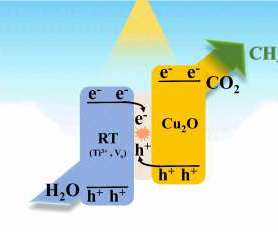







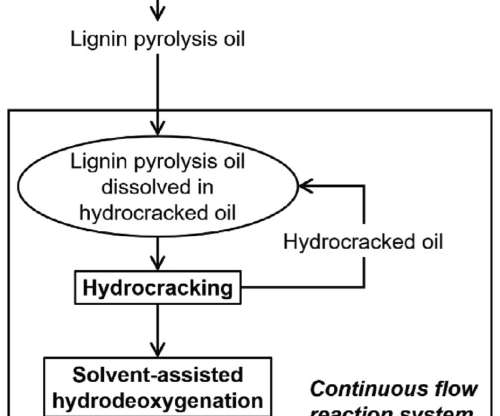














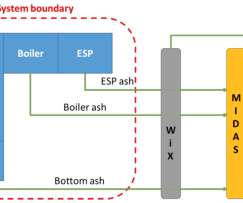

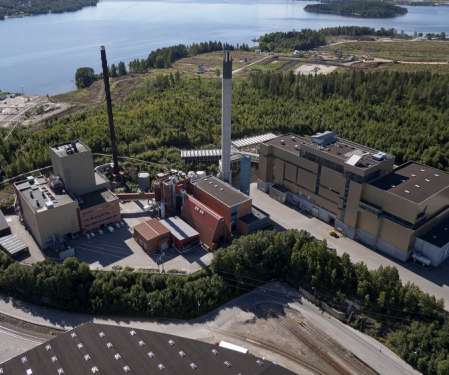
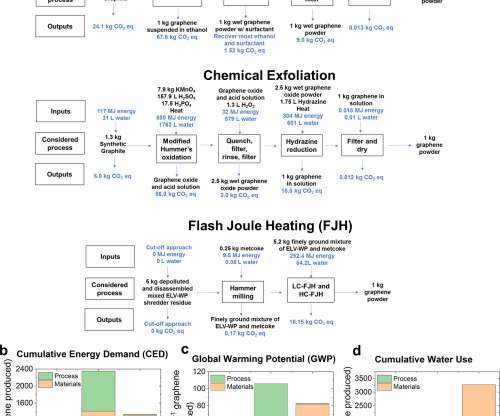














Let's personalize your content